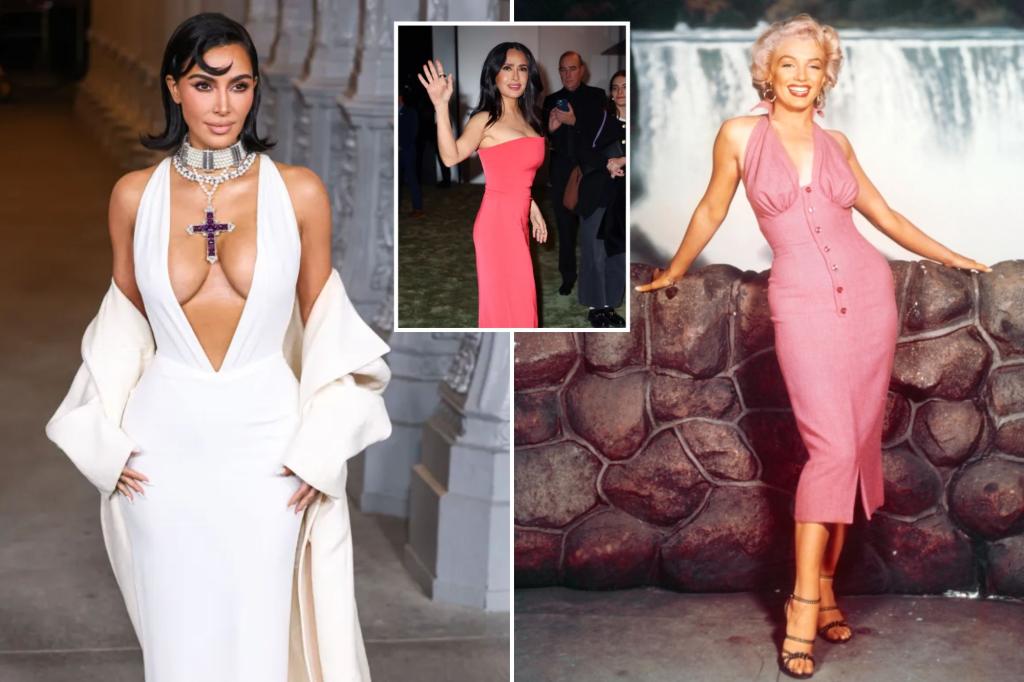The University of Konstanz in Germany recently conducted a study that challenges the long-standing assumption that the ideal female body shape is determined by the waist-to-hip ratio (WHR). Researchers found that a pronounced “S” shape from the chest down to the thighs is actually a better predictor of a woman’s body attractiveness than a specific ratio. This finding suggests that women should focus on body shape rather than exact measurements when evaluating their own attractiveness.
The traditional belief that a WHR of 0.7 is the ideal indicator of female beauty has been questioned by this new research. While the WHR has been associated with fertility and health, the study suggests that overall curviness is actually a more important factor in perceived attractiveness for larger body types. This challenges the idea that there is a one-size-fits-all formula for the perfect female body.
For centuries, the waist-to-hip ratio has been considered the most important factor in determining the ideal female form. However, this notion has not been updated since the Renaissance and is rooted in evolutionary psychology. The research conducted by the University of Konstanz suggests that determining the most attractive female body may not be as simple as following a mathematical formula.
The study involved conducting experiments using line drawings of female torsos, where participants rated the attractiveness of each drawing. The findings showed that while a WHR of 0.7 was still deemed most attractive for slimmer bodies, curviness emerged as the dominant factor in perceived attractiveness for larger body types. The most attractive bodies were those with the greatest curviness, regardless of measurements.
Overall, the University of Konstanz researchers propose a new understanding of female beauty that goes beyond the traditional waist-to-hip ratio. They suggest that determining beauty is more complex and elusive than previously thought, and that women should focus on body shape rather than adhering to specific measurements when evaluating their own attractiveness. This research challenges long-held beliefs about the ideal female body shape and opens up new perspectives on beauty standards.


